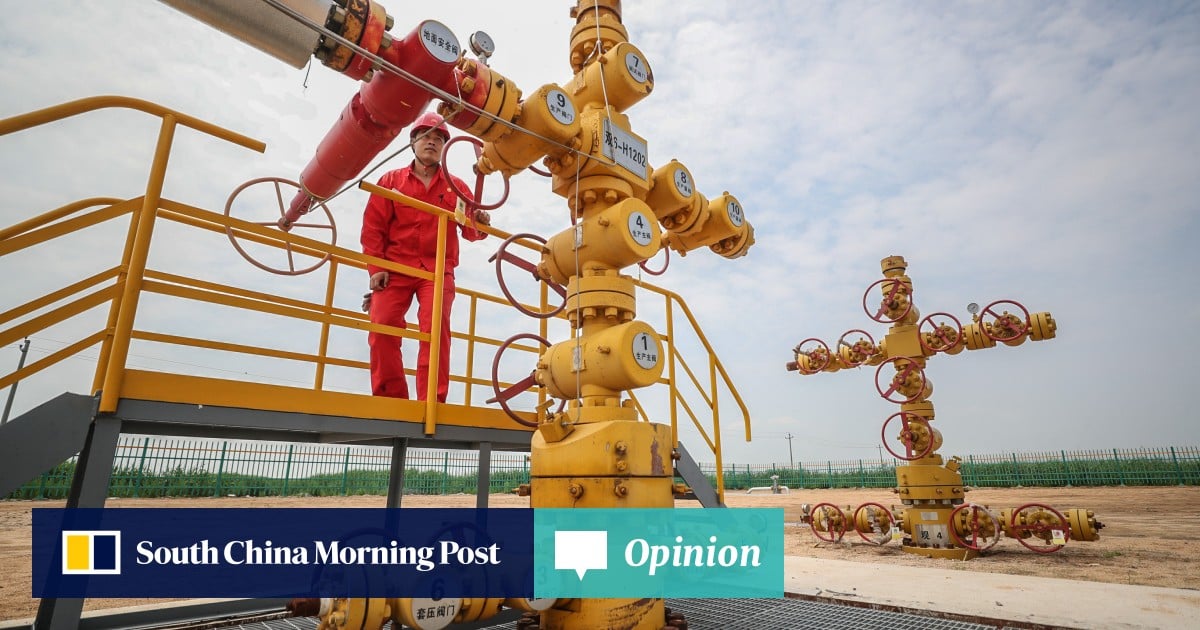What is clear is that China’s economy and markets are at an inflection point. While it is too soon to tell whether a sustainable recovery will materialise, the credibility and efficacy of the steps policymakers take to address the country’s acute vulnerabilities will determine whether confidence can be restored.
One area that deserves more attention is the reform of state-owned enterprises (SOEs), not least because they account for more than one-third of China’s economic output. They also comprise the bulk of strategic industries, such as energy, infrastructure and utilities.
However, the stakes are higher in China. The latest round of SOE reforms comes against a backdrop of “slower growth, elevated leverage and weak confidence, where households are keeping around US$19 trillion in bank savings”, JPMorgan notes.
This is why unlocking value from SOEs has become a major investment theme. More market-oriented and shareholder-friendly state-run firms could help address a number of vulnerabilities.
The reforms could relieve some of the property-induced pressure on public finances. They could also stabilise and instil confidence in the stock market, which in turn could attract more retail and institutional investors, engendering a positive wealth effect that could help offset the impact from the decline in property prices.
Why Japan’s Nikkei freak show should scare off Chinese investors
Why Japan’s Nikkei freak show should scare off Chinese investors
The importance placed on dividends is viewed by many Wall Street banks as a key catalyst for the re-rating of SOEs. Even before the new guidelines were announced, SOE-dominated sectors were outperforming the broader equity market. The Shanghai Composite Index, in which SOEs have a 65 per cent weighting, is flat since the start of 2023, compared with an 18 per cent fall for the MSCI China gauge, in which SOEs have a 30 per cent weighting.
Even in the MSCI China index, Bank of America notes that four SOE-dominated sectors – banks and insurance, telecommunications, utilities, and oil, gas and coal – offer high dividend yields of 5-7 per cent, increasing their appeal in China’s low interest rate environment. Central SOEs, moreover, have significantly increased their dividend payout ratios in recent years.
A virtuous circle of corporate governance reforms, outperformance by high-yielding SOE-dominated sectors, and a revaluation of SOEs (which benefit from cheaper valuations and more certainty over their earnings growth) could provide a fillip to Chinese equities. In a report on April 23, Goldman Sachs said onshore stocks could rise 20 per cent if shareholder returns, governance standards and institutional investor ownership improve.
Not so fast. First, China is not Japan. Asia’s second-largest economy has the wind in its sails. Investors are confident that Japan has defeated deflation for good. Foreign investors are piling into the country’s stock market, partly because of its appeal as a deep and liquid alternative to China. Sentiment is overwhelmingly bullish.
China, on the other hand, is battling a cyclical and structural downturn and is engaged in a fierce and costly battle for geopolitical supremacy. Corporate governance reforms alone are not going to turn sentiment around.
Second, SOE reform is fraught with risk. Not only are the companies a tool of government policy, they must balance efficiency with social and economic stability. The fact that China’s corporate governance reforms are focused on SOEs is both a blessing and a curse.
Yet it also attests to the severe pressure Beijing is under to restore confidence, boost revenues and come up with new and durable drivers of growth. Unlocking value from SOEs, while extremely challenging, has never been more important.
Nicholas Spiro is a partner at Lauressa Advisory


